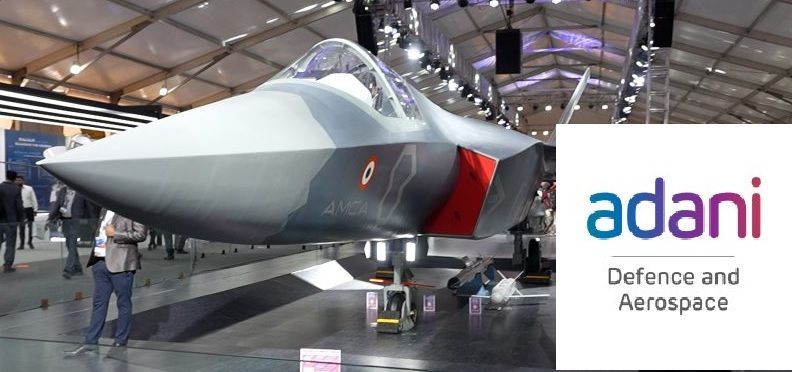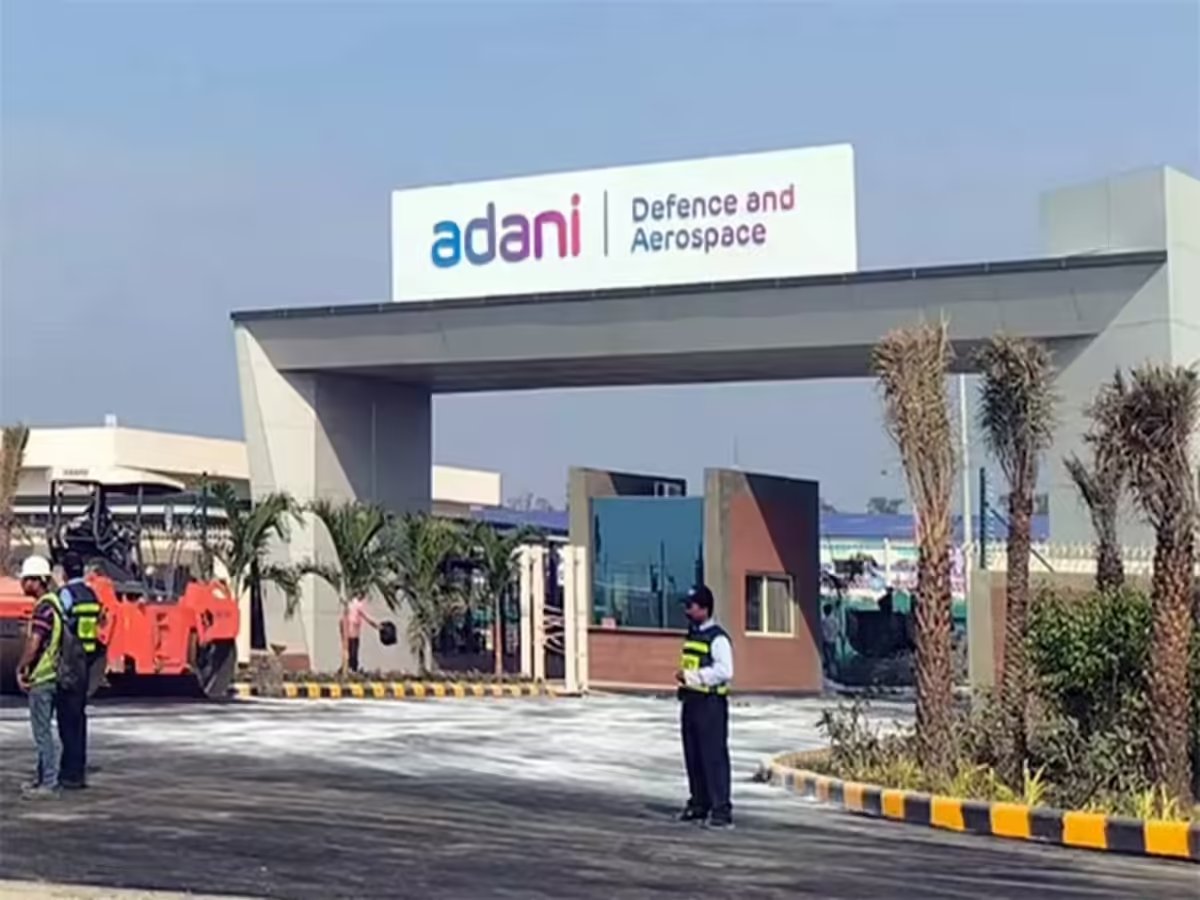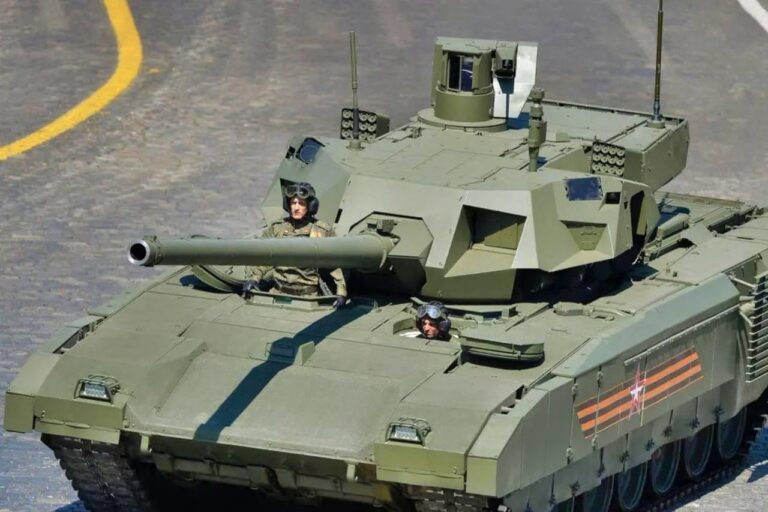
Adani Defence Joins AMCA Stealth Fighter Jet Race
Adani Defence Steps Into AMCA Programme
Adani Defence & Aerospace has confirmed its entry into the race for India’s Advanced Medium Combat Aircraft (AMCA) stealth fighter jet programme. This ambitious fifth-generation aircraft project, led by the Aeronautical Development Agency (ADA) under the Defence Research and Development Organisation (DRDO), marks India’s most significant leap in indigenous combat aviation.
Ashish Rajvanshi, CEO of Adani Defence & Aerospace, revealed that the initiative is currently at the Expression of Interest (EoI) stage. All industry participants must submit responses by 30 September. He added that Adani Defence intends to participate fully, underlining its commitment to supporting India’s future air combat capabilities.

AMCA Development Roadmap
According to Rajvanshi, the AMCA stealth fighter jet project follows a ten-year development path. The first prototype is expected to be ready for induction into the Indian Air Force (IAF) by 2034–35. If successful, serial production will follow soon after. This schedule reflects the government’s push to accelerate indigenous defense technology and reduce dependence on foreign suppliers.
Technical Ambitions of the AMCA
The AMCA is being designed as a twin-engine, multirole platform with stealth features, enabling it to carry out air superiority, ground attack, and electronic warfare missions. By pursuing the AMCA stealth fighter jet, India seeks to position itself among nations capable of producing fifth-generation aircraft, a domain currently dominated by the United States, Russia, and China.
The fighter will incorporate advanced avionics, low-observable design, and internal weapons bays. We expect these features to provide the IAF with a technological advantage in contested environments, where survivability and versatility are crucial.
Private Sector Role in Defense Manufacturing
In a landmark policy shift, Defence Minister Rajnath Singh approved the AMCA Execution Model. The model allows both public and private actors to join the programme. This is the first time India has opened fighter aircraft development to private firms. The decision signals a new chapter in indigenous combat aircraft design.

The government estimates the development phase will cost around ₹15,000 crore. This phase includes prototype construction, flight testing, and final certification. ADA has invited private consortiums to take a leading role in the project. The move ensures advanced aerospace manufacturing supports India’s self-reliance strategy.
Adani Defense’s Strategic Positioning
With its entry into the AMCA stealth fighter jet race, Adani Defense positions itself as a key player in India’s defense ecosystem. The company has already expanded into drones, unmanned systems, and aerospace manufacturing. Its involvement in the AMCA could cement its role as a cornerstone of indigenous capability building.
Which consortiums move on to more advanced stages will depend on the outcome of the EoI process. For India’s defence industry, this milestone represents not only the development of fighter jets but also the strengthening of public-private collaboration in strategic projects.







